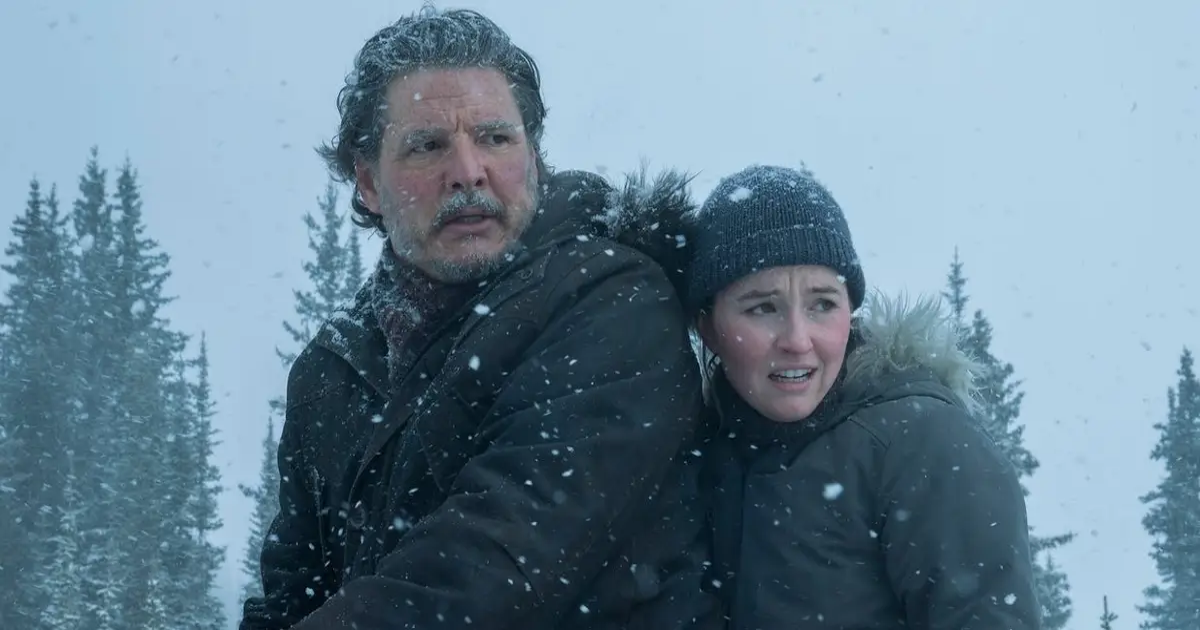Warning: Major spoilers ahead for “The Last of Us” season two.
The latest episode of HBO’s “The Last of Us” adapted a key moment from the video game franchise that fans have been dreading — and it was even more heartbreaking than anticipated.
Season two, episode two, titled “Through the Valley,” showed the series’ main character, Joel (Pedro Pascal), getting brutally beaten with a golf club and killed by a vengeful Abby (Kaitlyn Dever) as his surrogate daughter Ellie (Bella Ramsey) was forced to witness his demise.
For fans of the game, which the TV series follows closely, Joel’s death has been inevitable — it was just a question of when exactly the show would incorporate it. Killing off a major character so early into a season is a surprising move, usually reserved for later on.
However, in an interview with Variety published on Sunday, “TLOU” co-creators and showrunners Craig Mazin and Neil Druckmann explained why Joel’s death needed to happen in that episode.
The showrunners considered every possible moment, but Druckmann said that, from a storytelling perspective, eliminating the character early on made sense “because this is the inciting incident for this story.”
Pedro Pascal as Joel in “The Last of Us” season two. HBO
Joel’s mortality has been a looming cloud over the series, so the showrunners also wanted to spare fans any further agony.
Related stories
“There’s a danger of tormenting people,” Mazin told Variety. “It’s not what we want to do. If people know it’s coming, they will start to feel tormented. And people who don’t know it’s coming are going to find out it’s coming, because people are going to talk about the fact that it hasn’t shown up yet.”
“Our instinct was to make sure that when we did it, that it felt natural in the story and was not some meta-function of us wanting to upset people,” he added.
The scene is even gorier than the game, as Abby becomes fully consumed by her rage over Joel killing her dad five years prior, in the season one finale. The sadness of the moment is compounded by Ellie’s reaction to seeing her father figure so powerless.
“Joel is brought low here in a way that it’s so heartbreaking,” Mazin said.
The showrunners said that it was “important just to see the brutality” of Joel’s death, because it’s going to have ripple effects on season two and drive the decisions that other characters make.
“Therefore, we couldn’t spare the audience either, because we need them in that same mindset,” Druckmann said.
